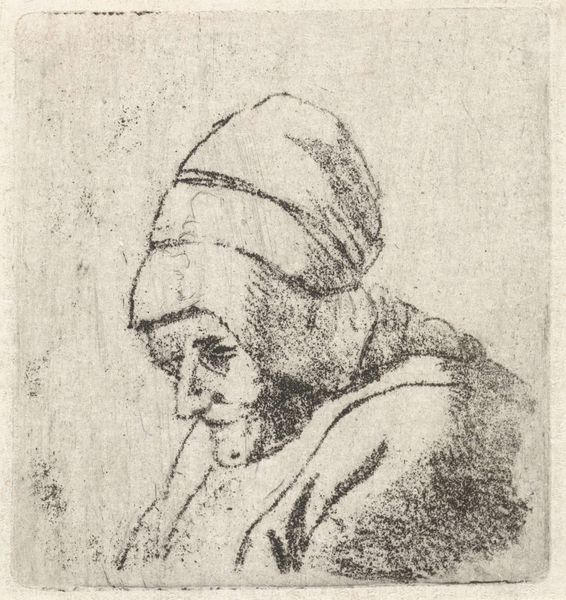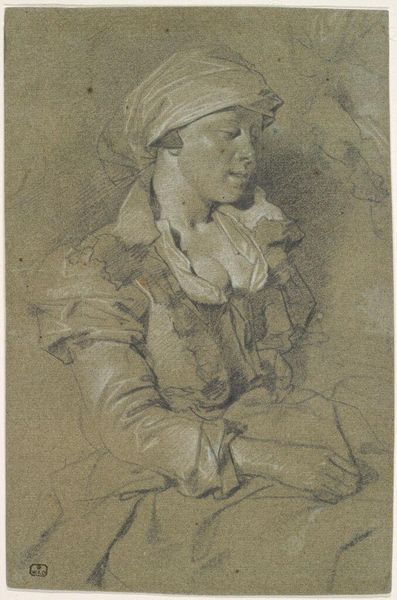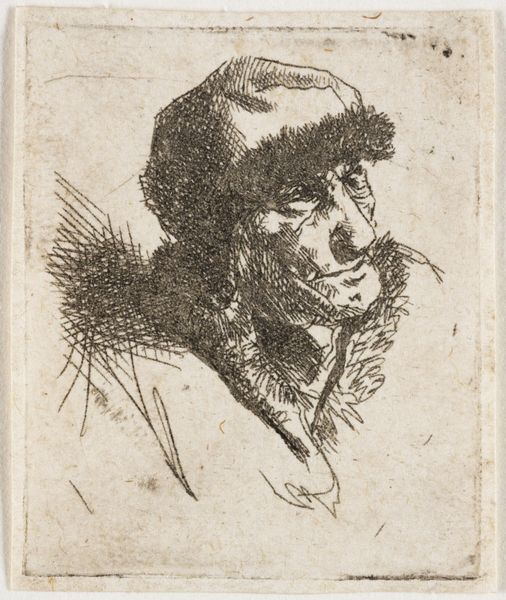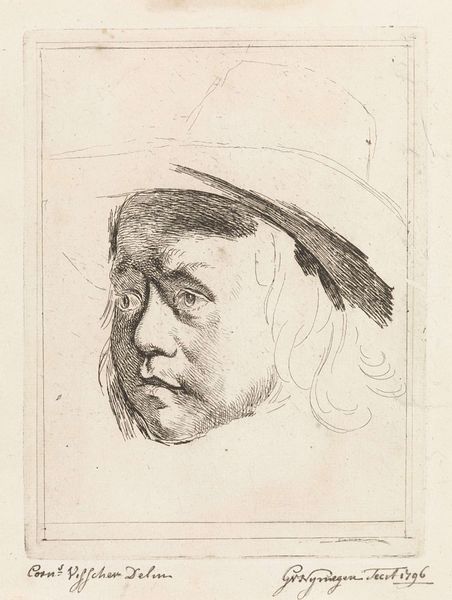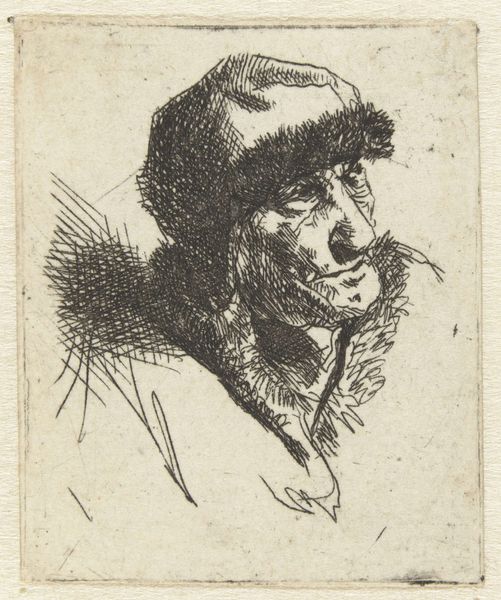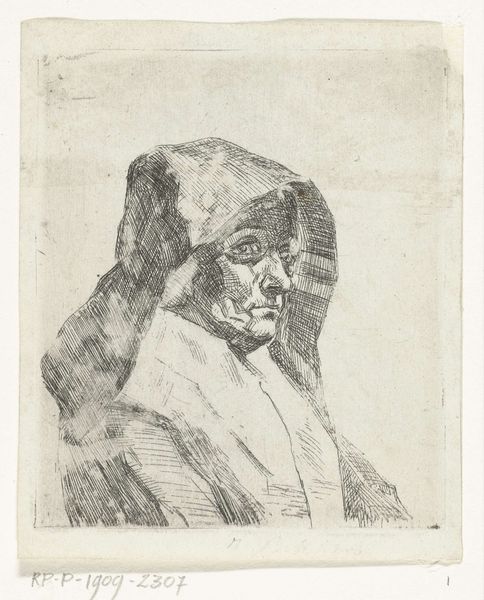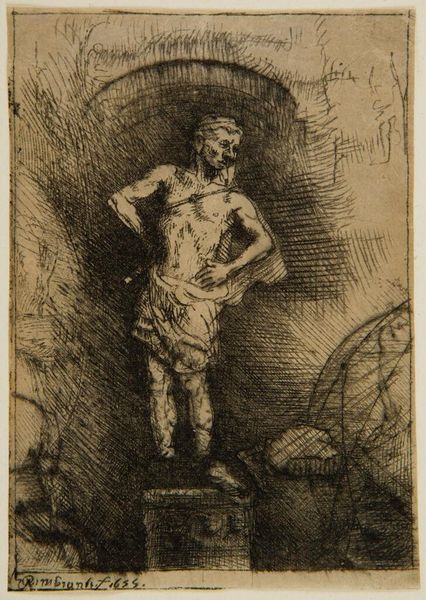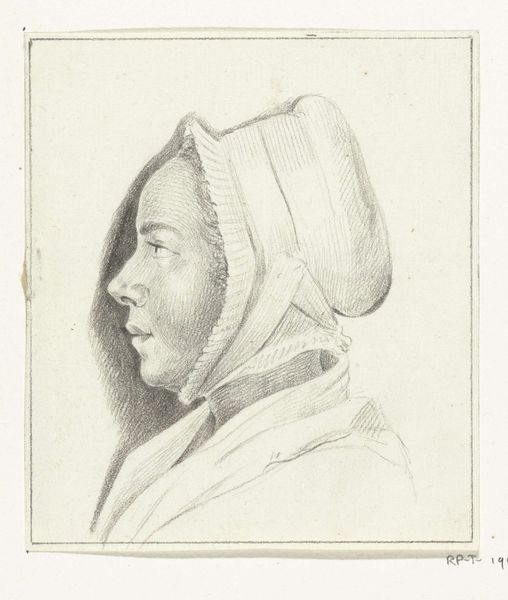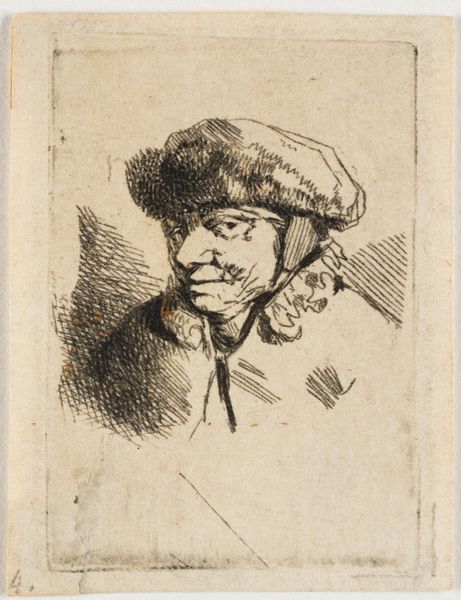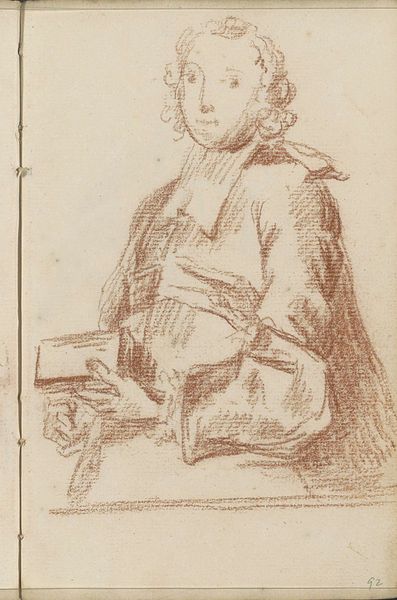
drawing, charcoal
#
portrait
#
drawing
#
charcoal drawing
#
charcoal
#
northern-renaissance
#
realism
Copyright: Public domain
Editor: This is Vincent van Gogh’s "Gordina de Groot, Head," a charcoal drawing from 1885. It has an almost photographic quality, a very realistic depiction, and I can't help but wonder about the sitter. What can you tell me about this drawing? Curator: This drawing, much like his painting "The Potato Eaters," offers a window into Van Gogh's deep engagement with the lives of the working class, and is very important within the scope of gender and class. Gordina de Groot was one of the subjects who comprised "The Potato Eaters." He wasn’t just depicting a woman; he was attempting to represent a specific social reality. What do you make of his choice to portray her so directly, so… unflinchingly? Editor: I notice how much detail there is, capturing a raw and unflattering likeness rather than any attempt to idealize the subject. Curator: Exactly. It’s crucial to remember that Van Gogh’s artistic choices here are intertwined with his political and social views. He saw nobility in labor, a dignity often ignored by the art world of his time. In portraying Gordina de Groot this way, he was actively challenging conventional artistic norms and pushing back against the romanticization of peasant life, instead rooting it in the social landscape and context in which he operated. Do you think this approach humanizes her, or does it perpetuate othering through the "gaze" of the artist? Editor: That’s a complicated question… On the one hand, the rawness does feel more real. On the other, I’m aware of Van Gogh's position, and that he may have seen her as a type of 'noble peasant'. Curator: It is, and these contradictions are what make the work so compelling! Recognizing that historical tension is essential for us. Thank you! Editor: Thanks, I've learned so much! It really changes my view of the artist.
Comments
No comments
Be the first to comment and join the conversation on the ultimate creative platform.

